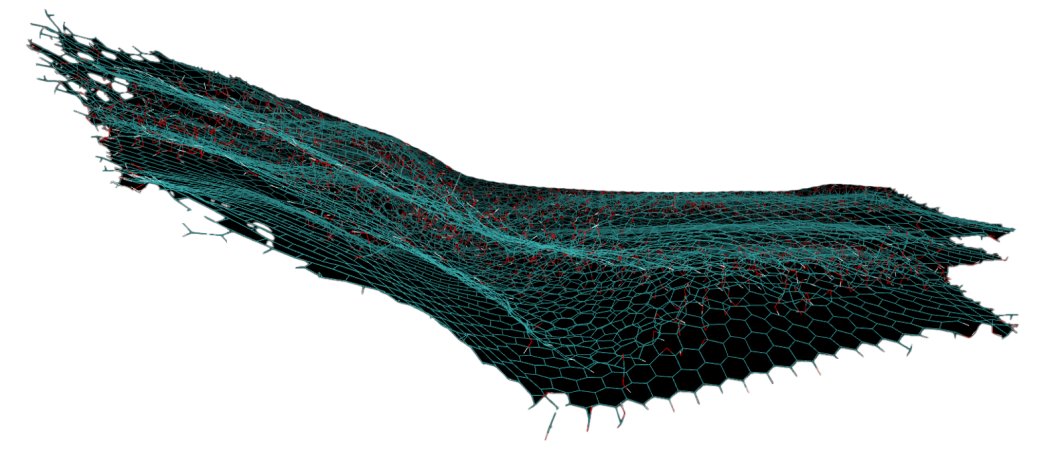

Mapping atomic flow to create materials of the future
Every second, billions and trillions of atoms move around us, self-assembling into molecules and ions to create the physical world. Yet exactly how these atoms “flow”, and the conditions they do it in, is an area of open exploration for scientists.
Understanding the secrets of how atoms, and
the molecules they form, flow has the potential to unlock massive change in advanced manufacturing and materials — from helping desalination plants more effectively filter seawater to improvements
in the electrolytic chemicals needed for
large-scale batteries.
To explore this area, Professor Debra Bernhardt, research software engineer Dr Emily Kahl and a team from the University of Queensland, have partnered with the Pawsey Supercomputing Research Centre to simulate the atomic world at
a massive scale.
In particular, they are able to model how 2D materials like graphene filter out different molecules, and ultimately determine which types of material are better suited for real-world applications like seawater desalination.
By using the graphical processing units or GPUs clustered with Setonix, the team is better able to simulate, study and research how different atoms and molecules interact.
The power of Setonix allows for much more detailed simulation, calculations across hundreds of millions of patterns, and discovery of a far greater scale than was previously within the researchers’ grasp.
